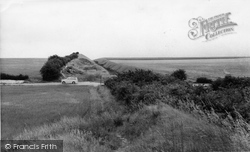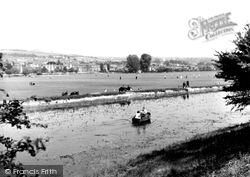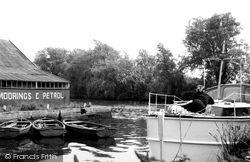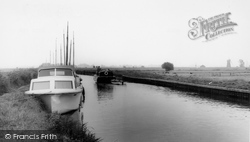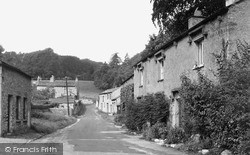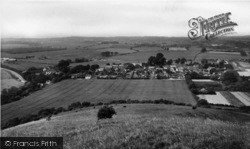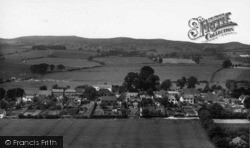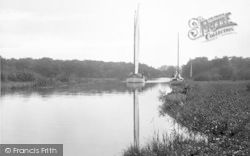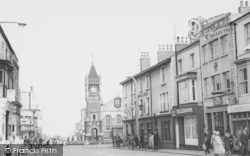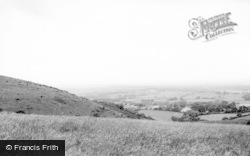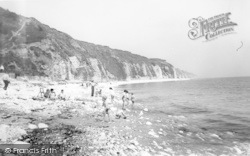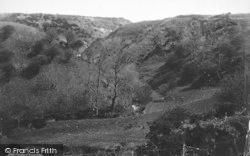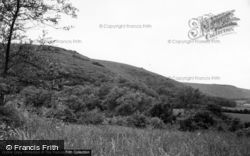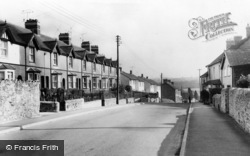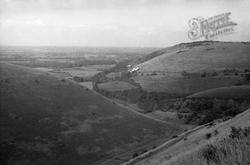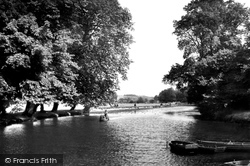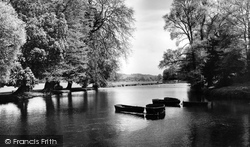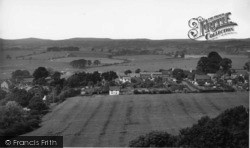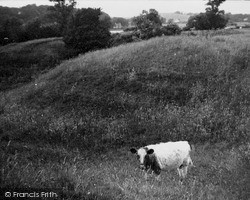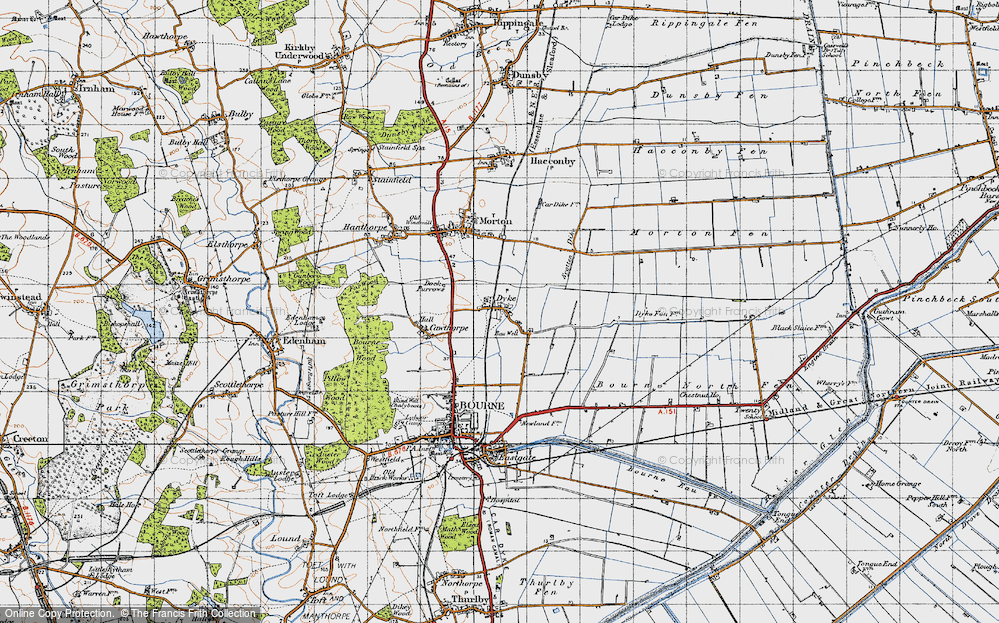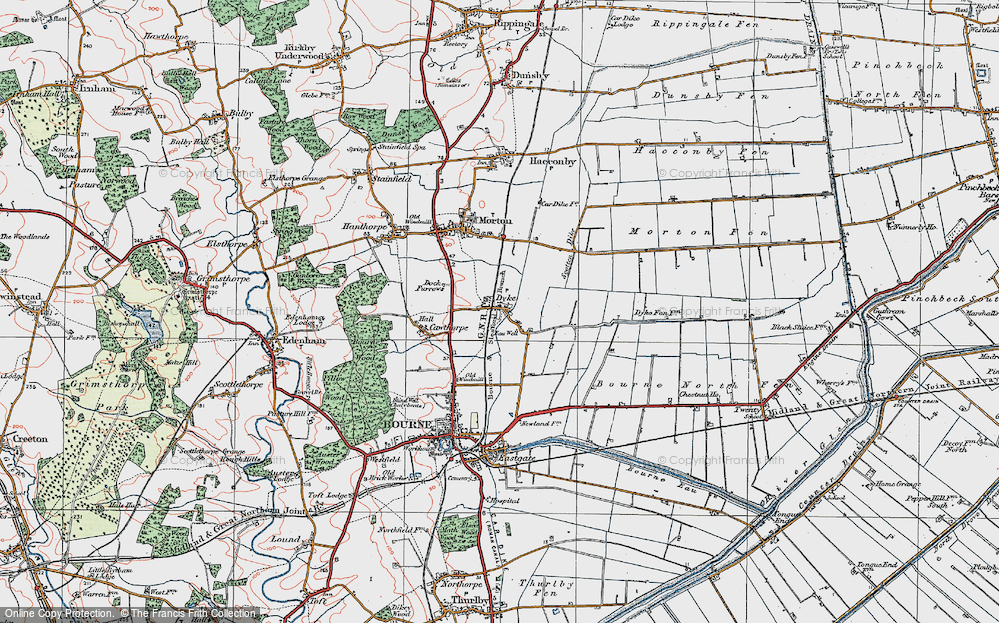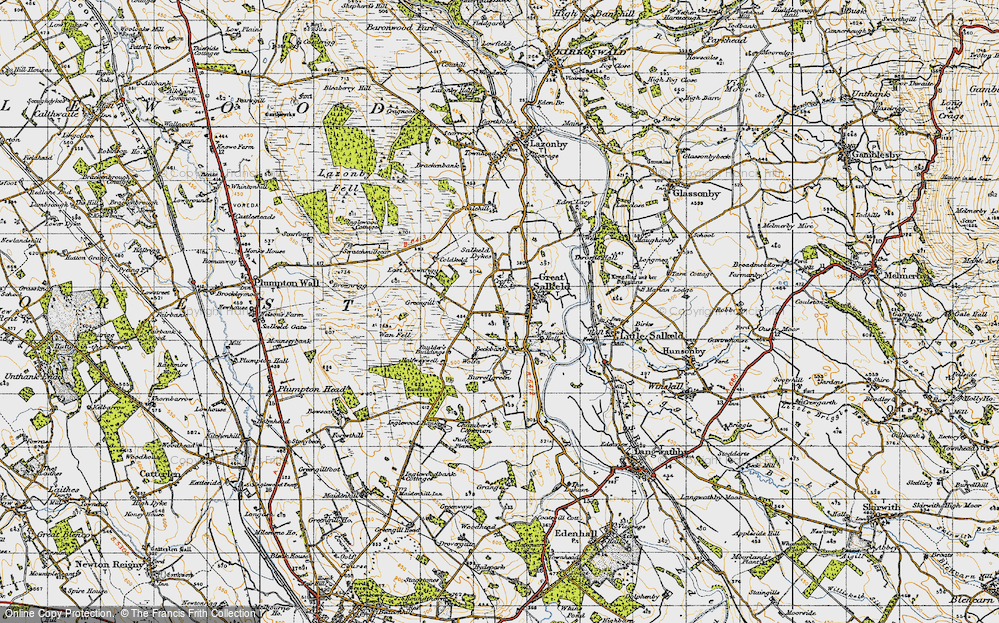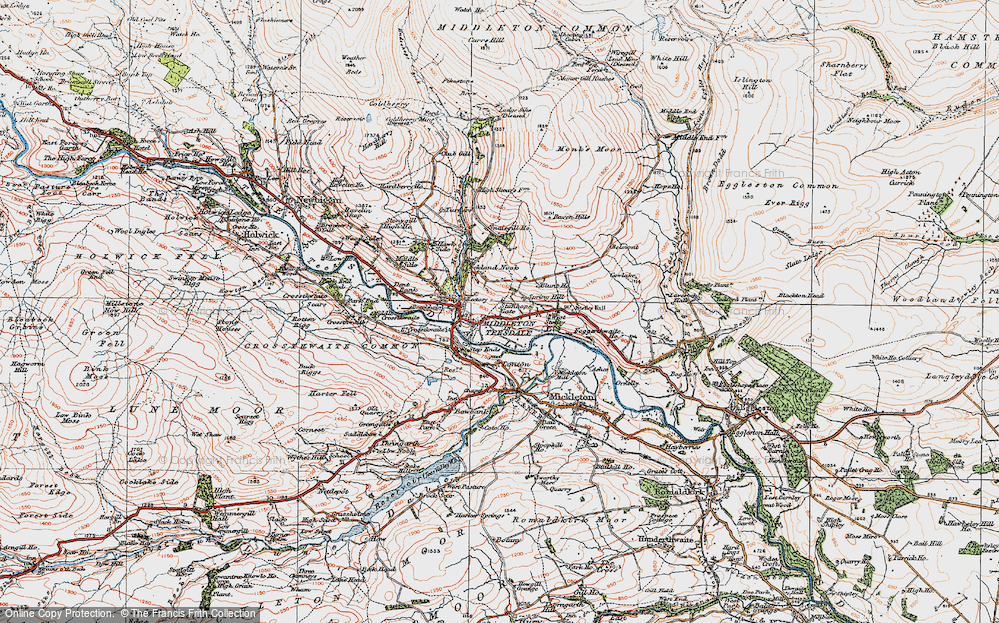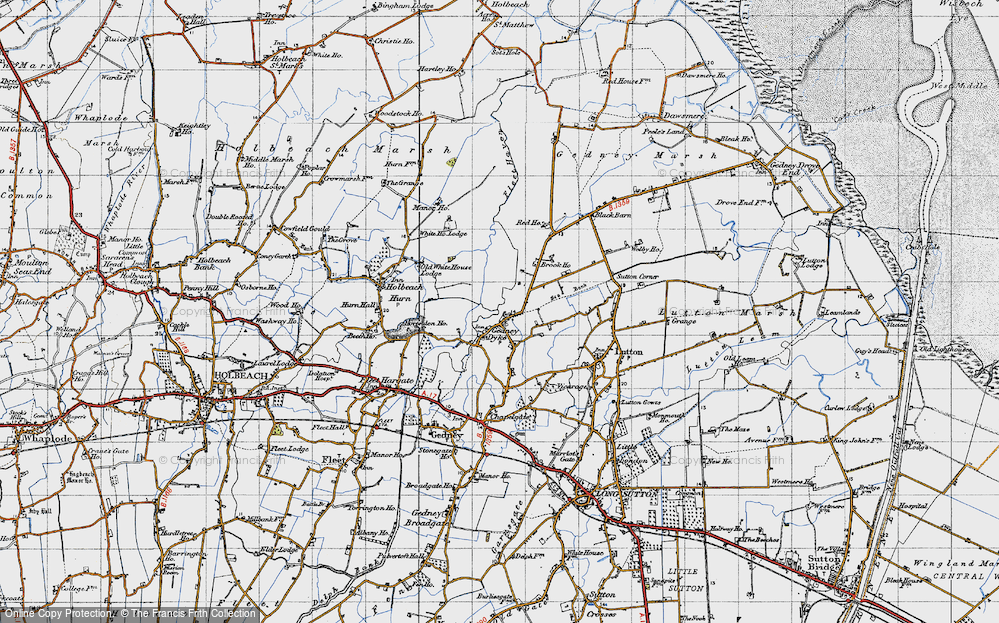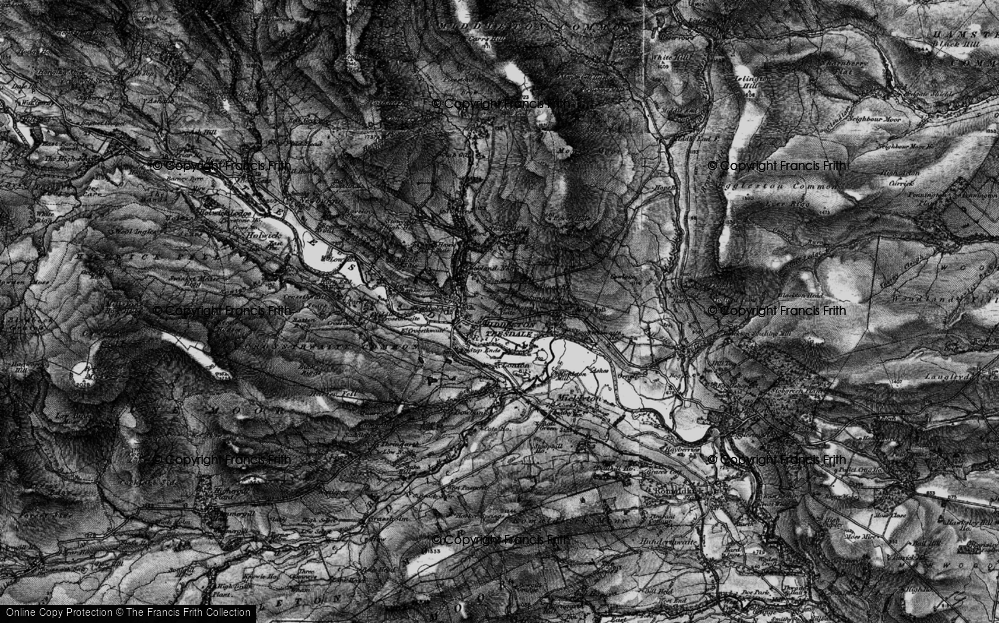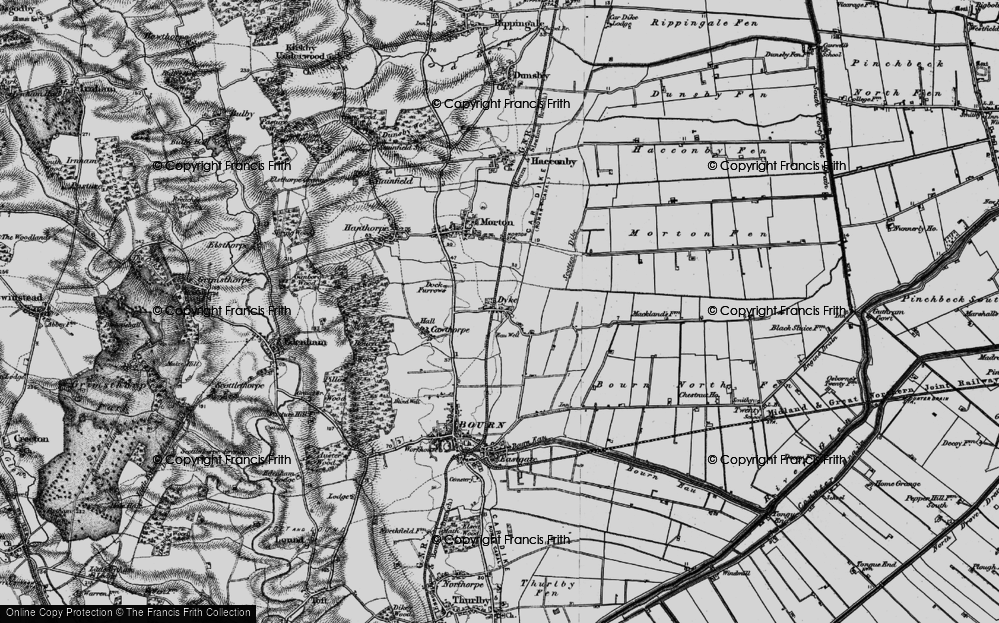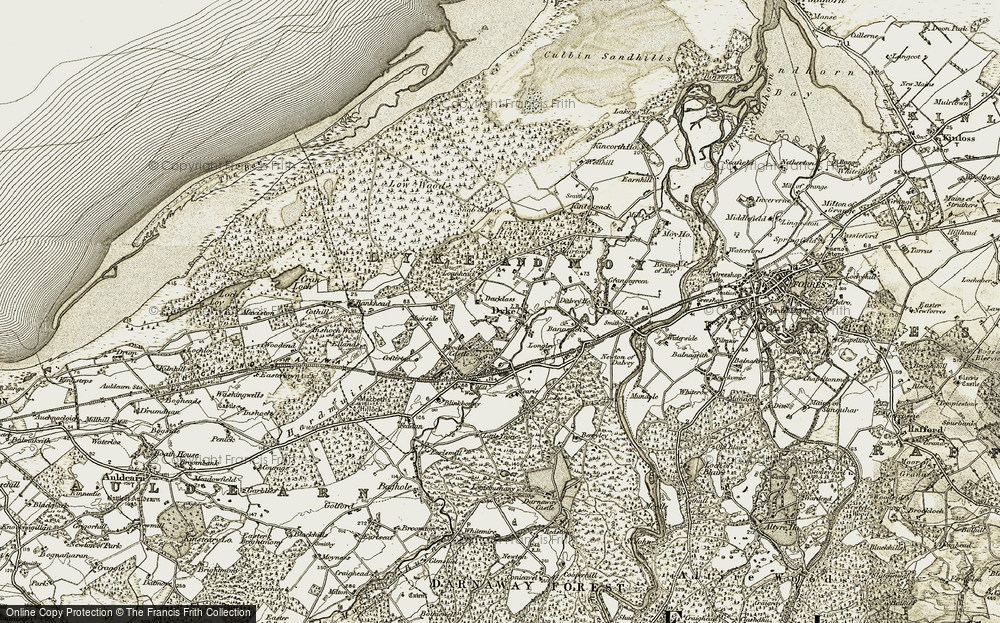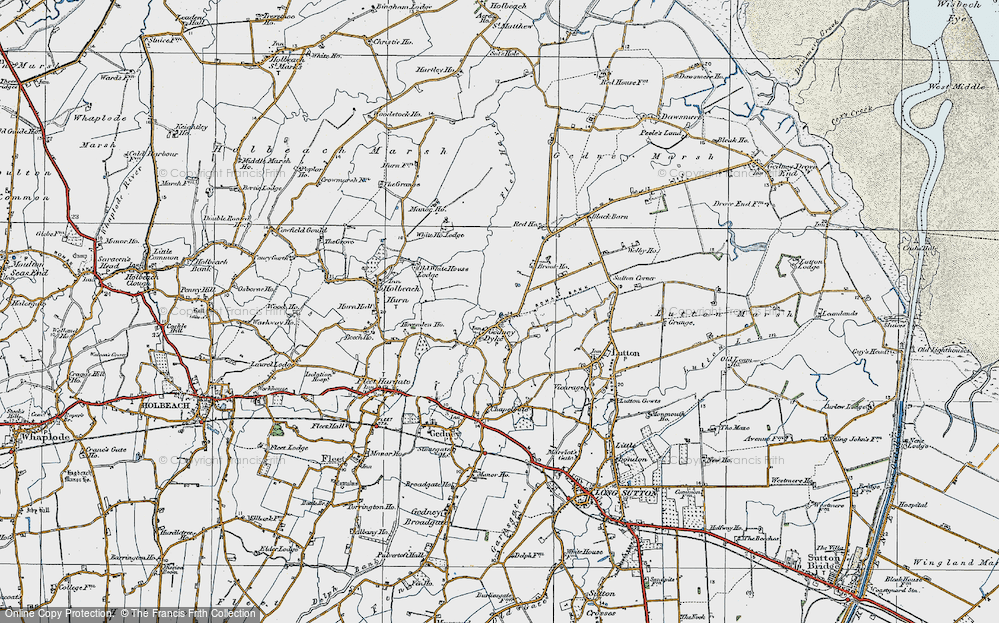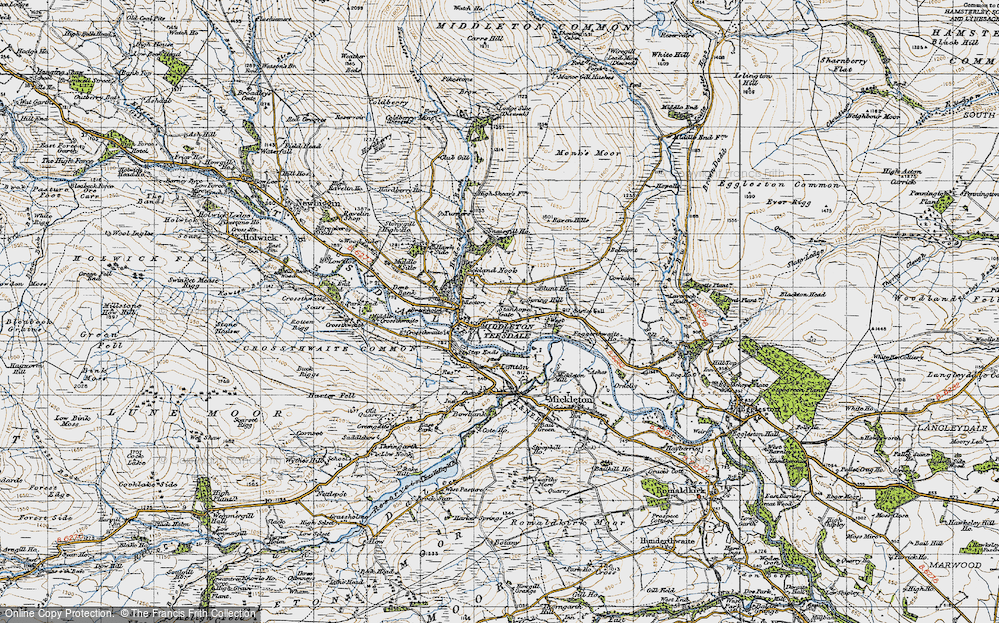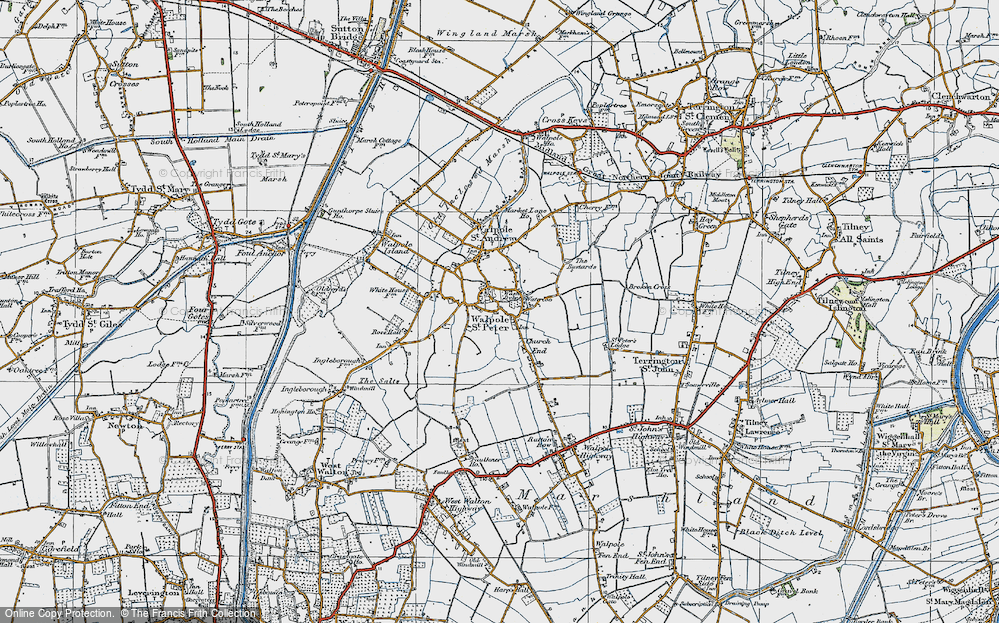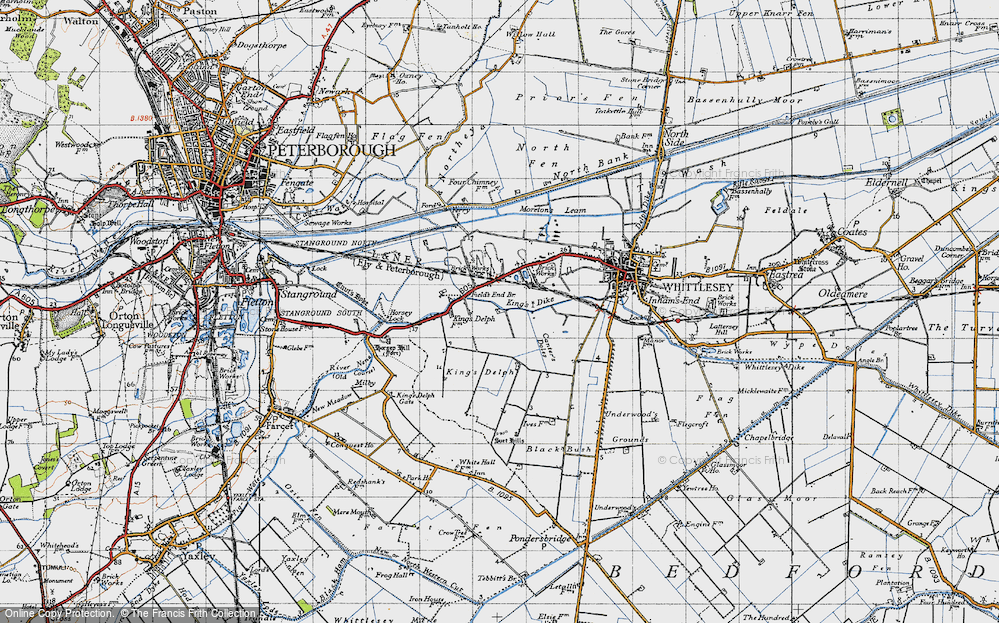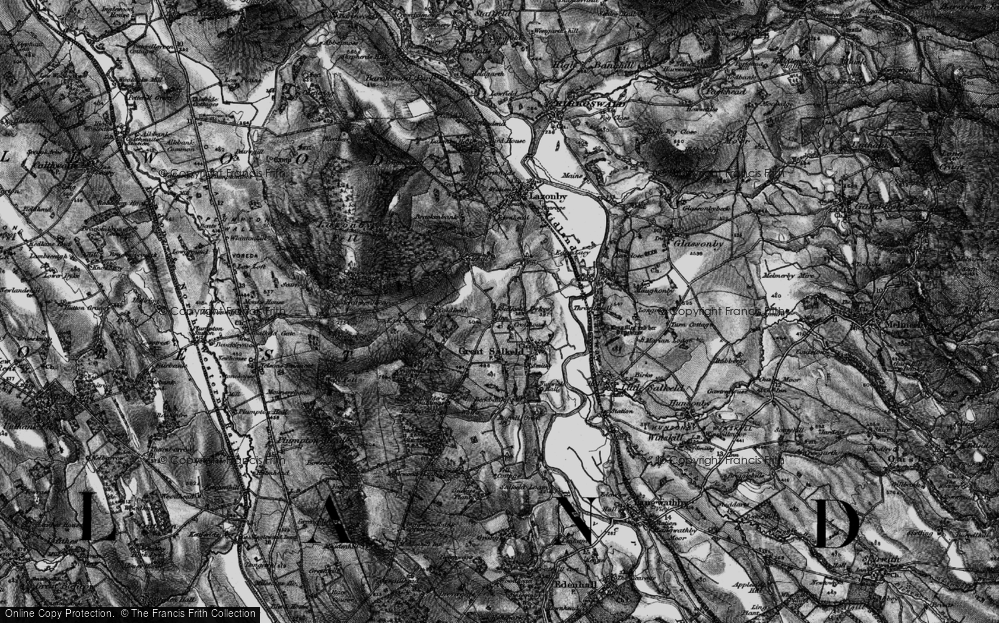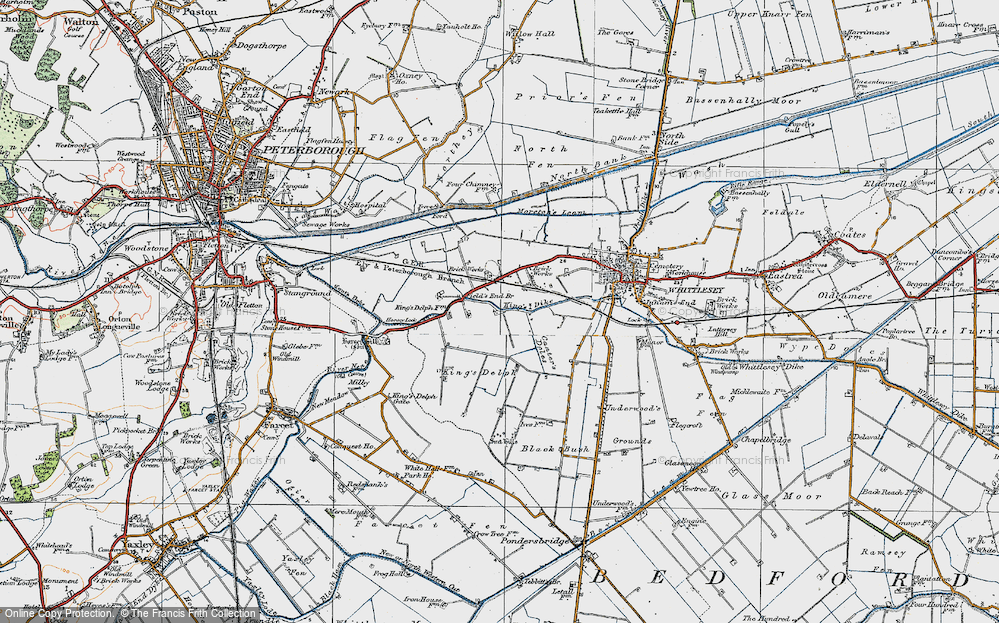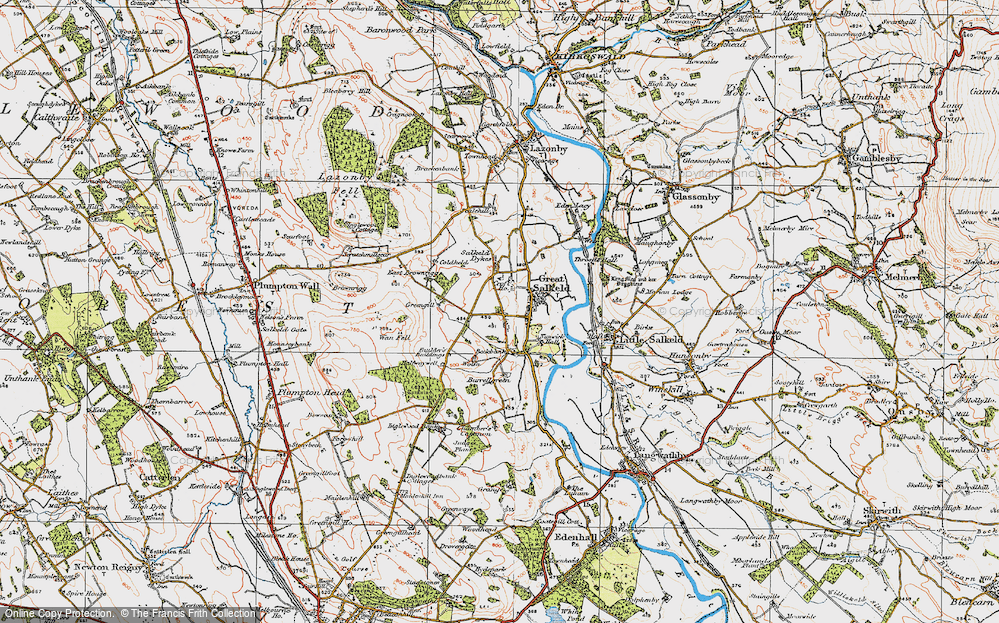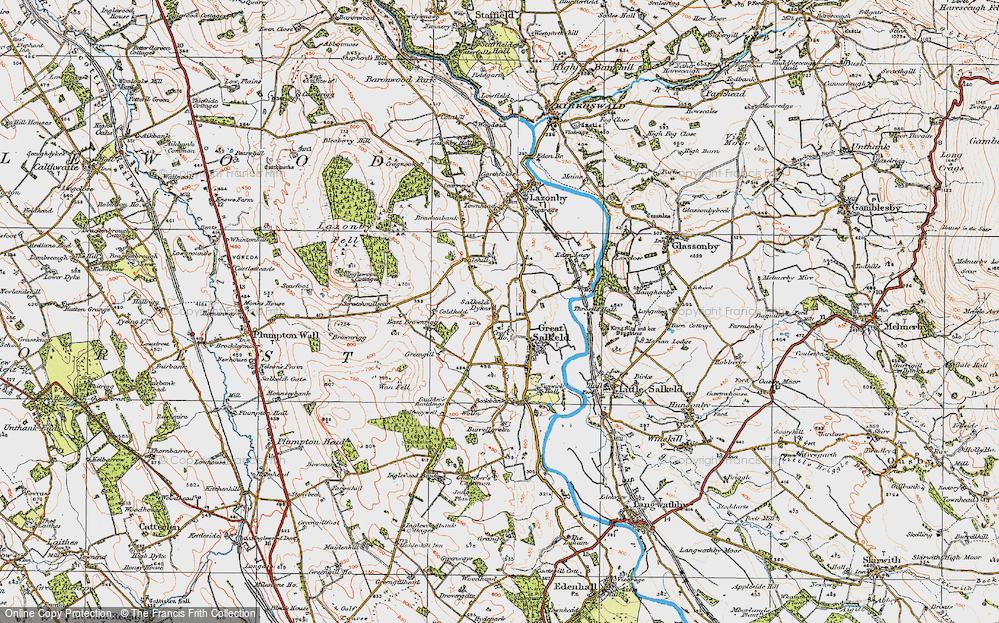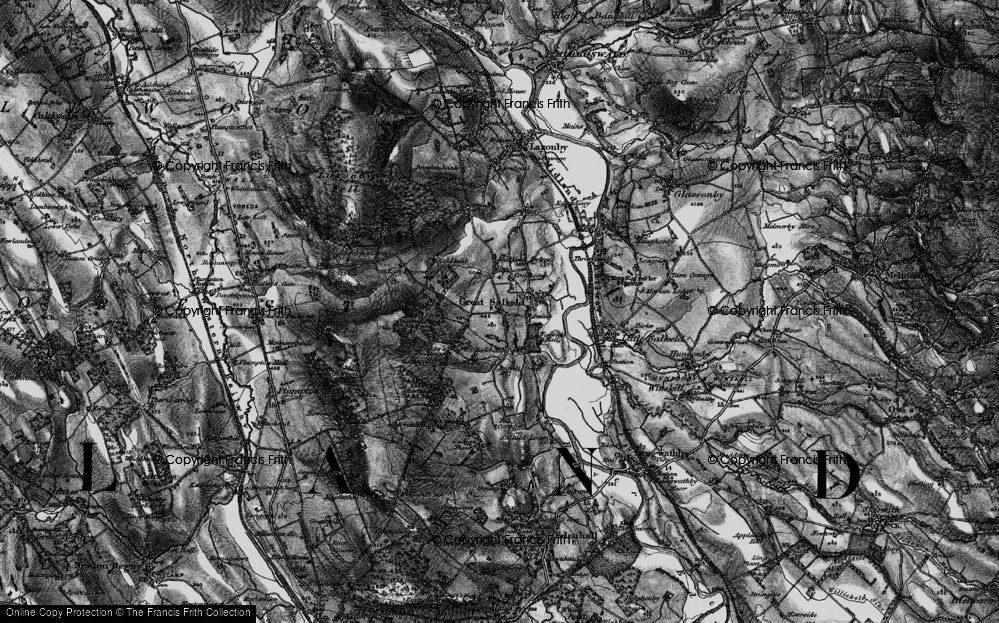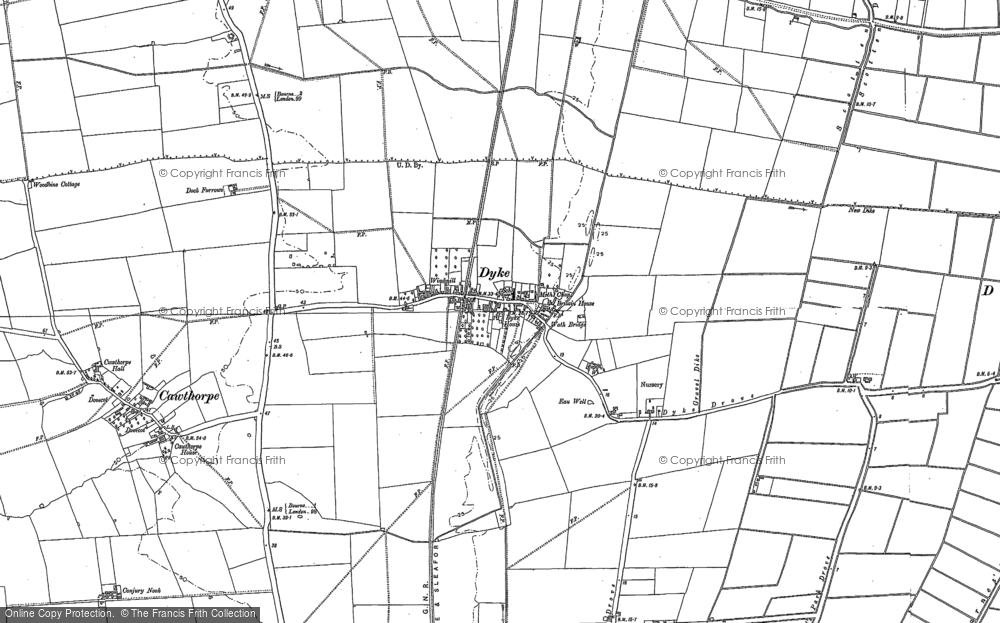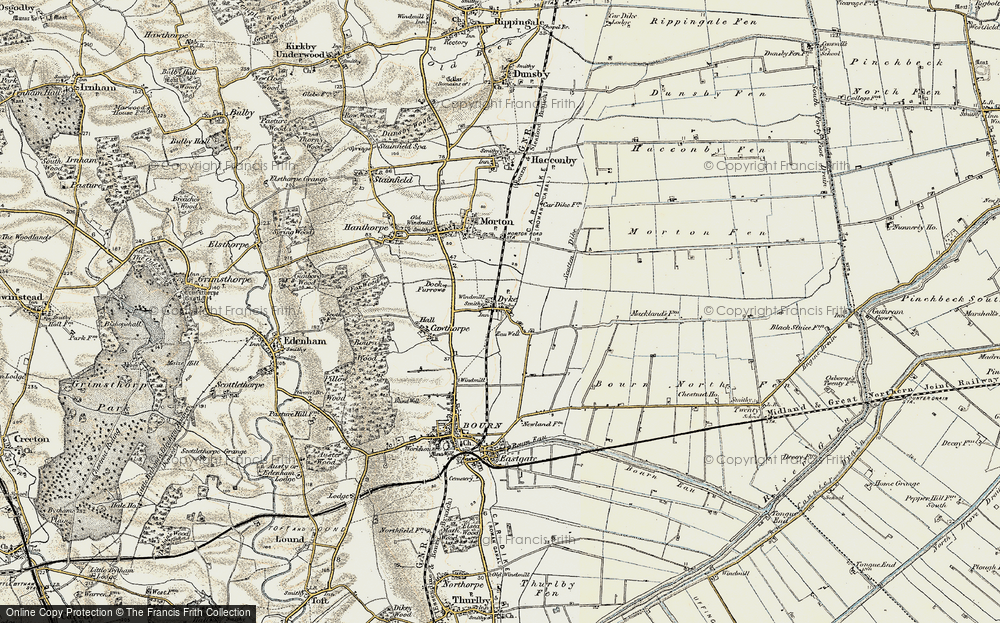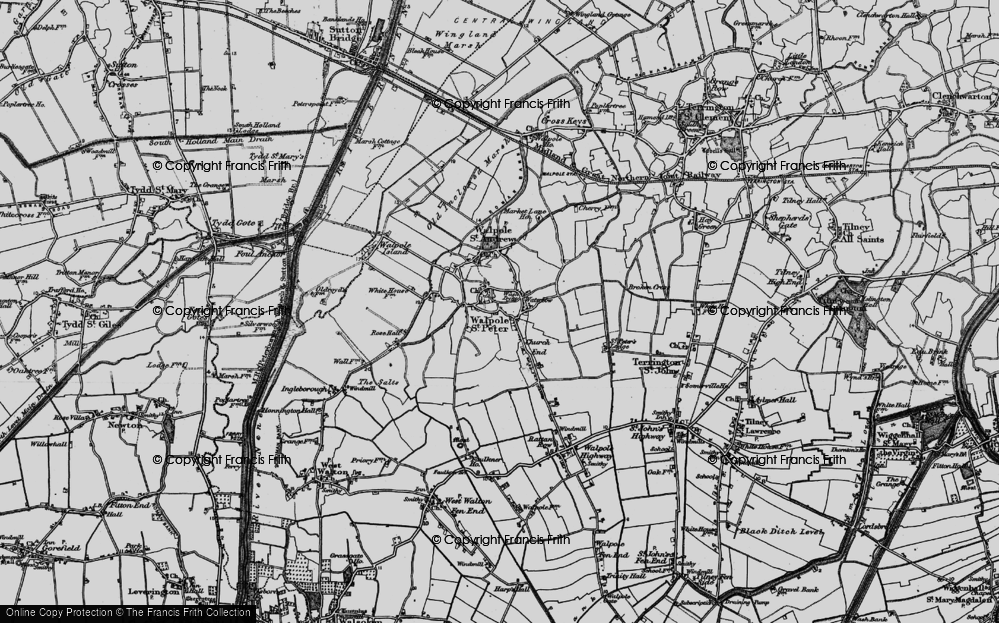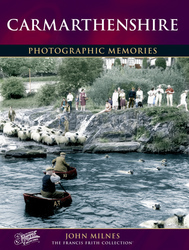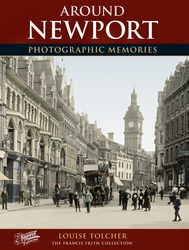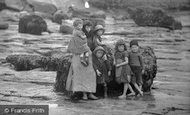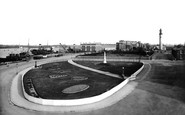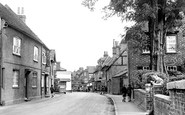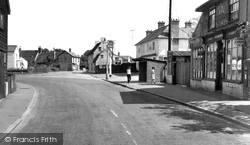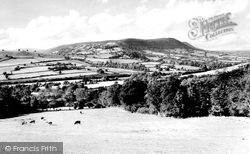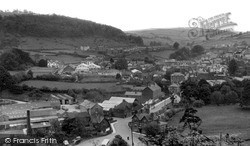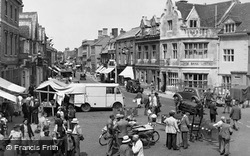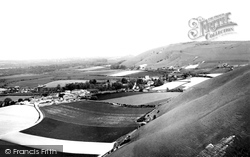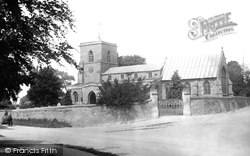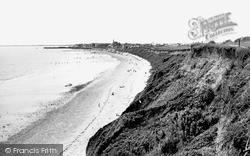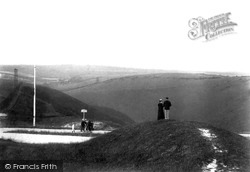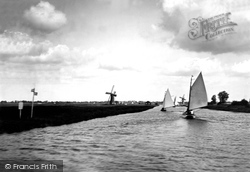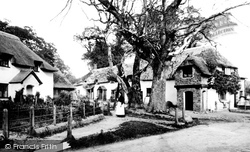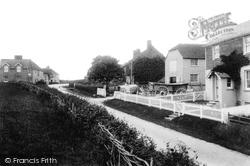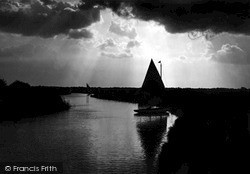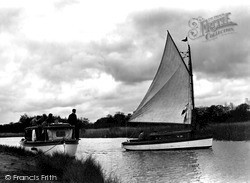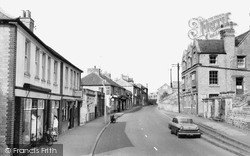Places
9 places found.
Those places high-lighted have photos. All locations may have maps, books and memories.
Photos
89 photos found. Showing results 1 to 20.
Maps
161 maps found.
Memories
224 memories found. Showing results 1 to 10.
My Early Years
On the 2nd September 1952 I was born at Manor Farm. I lived there with my parents, my maternal grandfather and two older brothers. I know my grandmother was alive when I was born but, unfortunately died soon after. My grandfather ...Read more
A memory of Yealand Conyers in 1952 by
My Memories Of The Coronation 2nd June 1953
My memories of the Coronation-2nd June 1953 While I was studying at the Bridgend Preparatory and Commercial School two events happened which changed the course of history for Great Britain. In February ...Read more
A memory of Aberkenfig in 1953 by
1939 Onwards I Remember
I was born in 1939, the year war started, and remember being lifted out of bed in the middle of the night and the barrage balloons looked like big elephants in the sky. I also remember the table shelter in the lounge which I ...Read more
A memory of Harborne in 1940 by
Driftbridge Stables
I was too young in the 1950’s to use the Hotel and pub but I learnt to ride at the Driftbridge Stables, that used the land, stables and coach houses from when the hotel had been a Coaching Inn. Having learnt to ride on Nutmeg, I ...Read more
A memory of Drift Bridge by
The Peart Family.
This is the Peart family. Amelia the eldest aged 17 holds her baby brother George. Next to her on the rock is Robert Leadley Peart and at her side is Robert's twin Matthew. Next to Matthew is Jane (known as Ginny) and then Tom. Ginny ...Read more
A memory of Whitby by
Holidays
My mother was born in Fleetwood and lived in Pharos Street, just below the lighthouse. I was born in Lancaster but I remember having holidays at Fleetwood when I was a child, just after the end of the war. I particularly remember being ...Read more
A memory of Fleetwood by
Home
I have lived in the pretty village of Cartmel all my life and I love the quiet, calming atmosphere we have here. Once a friend and myself used to walk through the village with a nanny goat called Nancy and her 2 kids, we'd arrive in the square ...Read more
A memory of Cartmel in 1983 by
My Time At Tylney Hall School
Hi my name is Peter Hatch and I went to Tylney from West Mark probably in 1954 until 1957 . My best friends at Tylney and still today are Peter Loxton and Leo Bonassera . Peter later changed his name to peter Dukes . ...Read more
A memory of Rotherwick by
The Polehampton Schools
I think this picture could show Mr Farthing who was a teacher at the Boys School, near the railway bridge. When I was walking to and from the girls' school at the other end of the village I often used to meet him rolling along, ...Read more
A memory of Twyford in 1953 by
Memories Remembered
Memories Remembered After reading Brian Keighley’s story of his memories in Lifton, my memories came flooding back and has prompted me to recall a few of my own. I was born in Lifton 18 months after my sister Jean in 1927 at Rock ...Read more
A memory of Lifton by
Captions
379 captions found. Showing results 1 to 24.
From Dyke Hills c1965.
Balsham is situated at the opposite end of Fleam Dyke to Fulbourn. Fleam Dyke is a three mile long earthwork built in the 7th century to defend East Anglia from the Mercians.
This is the area of Offa's Dyke Path; it is named after the 8th-century Mercian king who built a dyke from the Severn to the Dee to shut the Welsh out.
The town's name in Welsh is Tref y Clawdd, meaning 'the town on the dyke', and indeed it is located on Offa's Dyke, that great earthwork that separated the Welsh from the English tribes of King Offa.
Bourne, at the junction where two Roman roads met, had a Roman station to guard the Car Dyke, the great Roman dyke 56 miles long and still surviving for long stretches.
This is the area of Offa's Dyke Path; it is named after the 8th-century Mercian king who built a dyke from the Severn to the Dee to shut the Welsh out.
Bourne, at the junction where two Roman roads met, had a Roman station to guard the Car Dyke, the great Roman dyke 56 miles long and still surviving for long stretches.
The Devil's Dyke was immensely popular with visitors to Brighton, who relished the fresh air and the long views across the Weald.
The village lies along the line of Fleam Dyke, an ancient defensive earthwork.
A double-dyked earthwork guards this headland, a settlement older than Christchurch. It was close by that the Roman invaders landed, founding a town close to the mouths of the Stour and the Avon.
Even before the Danes, Iron Age man built a huge earthwork known as Danes Dyke.
The Devil's Dyke was a popular destination, allegedly dug by the Devil to flood the Weald.
Eels used to be commonly found in the Broads rivers, but there is now only one hut remaining at Kandel Dyke above Potter Heigham. Notice the nets to the left of the hut.
The late 18th-century left-hand mill has lost its cap, but the 1820 Thurne Dyke mill on the right was beautifully restored in 1955.
The late 18th-century left-hand mill has lost its cap, but the 1820 Thurne Dyke mill on the right was beautifully restored in 1955.
To the left of the flagpole can be seen a pier of the Dyke cable car, which stretched across the valley. This vertigo- inducing ride lasted from 1894 to 1907.
The thatched cottages were erected in 1828 by Sir Thomas Dyke Acland for his retired estate workers. Many of the cottages have survived, retaining their original charm.
The Romans farmed here and constructed massive dykes that still perform a role in safeguarding the region's interests.?They also founded the port of Romney.
The Fleet Dyke flows from the River Bure to South Walsham Broad. A break in the storm cloud allows the evening sun to cast shadows on the rippling water, a sight not uncommon on the Broads.
The Dyke is here almost as wide as a river, and allows a sail cruiser to tack across. Several holidaymakers on a hired motor cruiser watch the skilful sailing manoeuvre.
Because of the many dykes and staithes around the edges of the Broad, small sailing boats are the handiest for exploration.
Further south, the High Street becomes Brook Street as it heads towards the unromantically named Hog Dyke. To the right are the walls and gate piers of the Methodist Church built in 1874.
The thatched cottages were erected in 1828 by Sir Thomas Dyke Acland for his retired estate workers. Many of the cottages have survived, retaining their original charm.
Garboldisham is steeped in ancient history: there is a defensive earth work here known as the Devil's Dyke, and a mound traditionally supposed to be the grave of Boudicca, Queen of the Iceni.
Places (9)
Photos (89)
Memories (224)
Books (2)
Maps (161)




